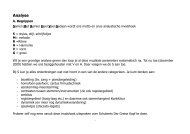Anton Webern and the influence of Heinrich Isaac
Anton Webern and the influence of Heinrich Isaac
Anton Webern and the influence of Heinrich Isaac
Create successful ePaper yourself
Turn your PDF publications into a flip-book with our unique Google optimized e-Paper software.
central octave <strong>the</strong>re is a rest in one <strong>of</strong> <strong>the</strong> parts, this is followed in both directions by<br />
ano<strong>the</strong>r octave, above <strong>and</strong> below which we have parallel tenths <strong>and</strong> sixths (clearly<br />
related intervals) respectively. While <strong>the</strong> bassus <strong>and</strong> altus are not so integral to <strong>the</strong><br />
symmetry <strong>of</strong> <strong>the</strong> passage, <strong>the</strong>y too exhibit symmetrical features. The pitches (though<br />
not <strong>the</strong> rhythms) in <strong>the</strong> bassus part are almost exactly mirrored around <strong>the</strong> point <strong>of</strong><br />
symmetry (on <strong>the</strong> first beat <strong>of</strong> bar four). The only pitch not to fit in with <strong>the</strong><br />
symmetrical scheme in this part is <strong>the</strong> B on <strong>the</strong> fourth beat <strong>of</strong> bar three. This is<br />
possibly suggestive <strong>of</strong> <strong>the</strong> slightly obscured symmetry that <strong>Webern</strong> himself employed.<br />
The altus, on <strong>the</strong> o<strong>the</strong>r h<strong>and</strong>, appears more freely composed, yet <strong>the</strong> significance <strong>of</strong><br />
<strong>the</strong> pitch G should be noted as it occurs structurally at <strong>the</strong> beginning, <strong>the</strong> middle <strong>and</strong><br />
<strong>the</strong> end <strong>of</strong> <strong>the</strong> passage, <strong>and</strong> is <strong>the</strong> highest note in that parts tessitura.<br />
Example 8: The following diagram highlights <strong>the</strong> intervalic relationship between <strong>the</strong><br />
parts on each <strong>of</strong> <strong>the</strong> eleven beats <strong>of</strong> <strong>the</strong> canon:<br />
1: Maj 10 th<br />
2: Maj 10 th<br />
3: Min 10 th<br />
4: 8ve<br />
5: discantus solo/tenor rest<br />
6: 8ve [central point <strong>of</strong> symmetry]<br />
7: tenor solo/discantus rest<br />
8: 8ve<br />
9: Maj 6 th<br />
10: Min 6 th<br />
11: Maj 6 th<br />
12


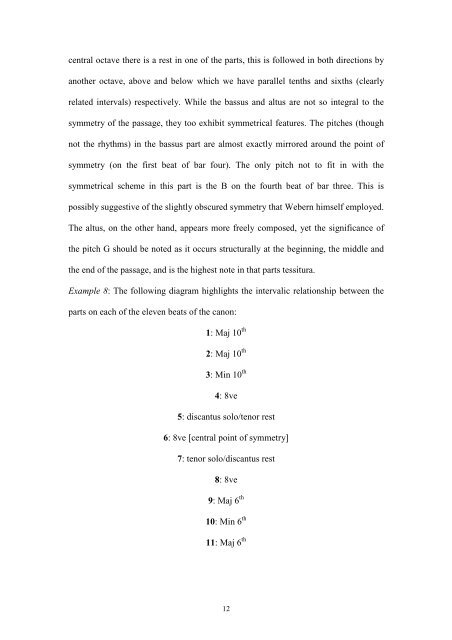
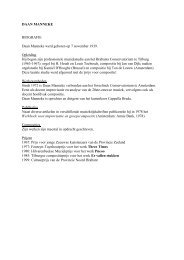
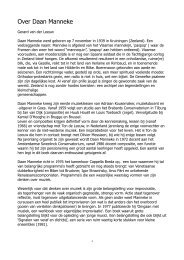
![Schubert, Winterreise: Einsamkeit [PDF] - bestmusicteacher.com](https://img.yumpu.com/21166489/1/190x135/schubert-winterreise-einsamkeit-pdf-bestmusicteachercom.jpg?quality=85)
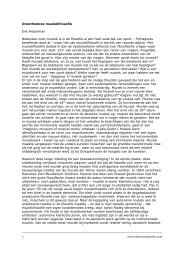
![Schubert, Winterreise: Die Nebensonnen [PDF] - Bestmusicteacher ...](https://img.yumpu.com/20295219/1/190x135/schubert-winterreise-die-nebensonnen-pdf-bestmusicteacher-.jpg?quality=85)
